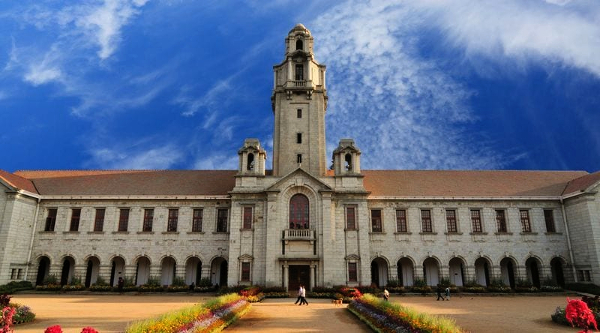Param Pravega, a supercomputer that is touted to be one of the most powerful in the country, has been installed at the Indian Institute of Science (IISc) in Bengaluru under the National Supercomputing Mission (NSM), the premiere academic establishment said in a statement on Thursday.
According to IISc, Param Pravega has a total supercomputing capacity of 3.3 petaflops (1 petaflop equals a quadrillion or 1,015 operations per second).
“It has been designed by the Centre for Development of Advanced Computing (C-DAC). A majority of the components used to build this system have been manufactured and assembled within the country, along with an indigenous software stack developed by C-DAC in line with the Make in India initiative,” the statement stated.
India has come a long way in developing its own systems after the US denied the sale of a supercomputer to India in the mid-1980s which was likely to be used for predicting weather. This led to the government of India setting up C-CDAC in 1988 with its first mission to deliver computer power exceeding 1,000 mflops (1 GigaFlops). In July 1991, with a mission effort of more than 300-man years, PARAM800 was delivered.
The supercomputer adds to capabilities in research and development (R&D) including developing platforms for genomics and drug discovery, studying environmental issues, establishing flood warning and predictions systems as well as optimising telecom networks.
“NSM is steered jointly by the Department of Science and Technology (DST) and Ministry of Electronics and Information Technology (MeitY), and implemented by C-DAC and IISc. The Mission has supported the deployment of 10 supercomputer systems so far at IISc, IITs, IISER Pune, JNCASR, NABI-Mohali and C-DAC, with a cumulative computing power of 17 petaflops. About 3100,000 computational jobs have successfully been carried out by around 2,600 researchers across the country to date,” IISc said.
The premiere institute had already established a supercomputing facility several years ago and in 2015, installed SahasraT which at the time was the fastest in the country.
This facility was used to carry out research in several fields including Covid-19 and other infectious disease for modelling viral entry and binding, studying interactions or proteins in bacterial and viral diseases, designing new molecules with antibacterial and antiviral properties.
“Researchers have also used the facility to simulate turbulent flows for green energy technologies, study climate change and associated impacts, analyse aircraft engines and hypersonic flight vehicles, and many other research activities. These efforts are expected to ramp up significantly with Param Pravega,” IISc said.
As a comparison, CPU nodes are built using Intel Xeon Cascade Lake 8268 2.9 GHz processors in a 2-socket configuration with 48 cores, 192GB RAM (4 GB per core), and 480GB SSD local storage per node. There are a total of 428 such nodes on PARAM Pravega constituting 20,544 cores for CPU-only nodes for computations resulting in 1.9PF peak capability.
You may also like
-
Augmentation of One Additional 10Gbps International Bandwidth at Agartala to Strengthen Internet Services in North Eastern States
-
India, Sri Lanka Restart Talks to Link Power Grids
-
GRSE Achieves Another “FIRST’ on the Eve of 63rd Raising Day: Docks Large Survey Vessel at RBD Unit
-
Road Ministry Completes 141,190 Kilometer of National Highways as of March 31
-
India’s First Radio Channel for Visually-Impaired People ‘Radio Aksh’ Launched in Nagpur
